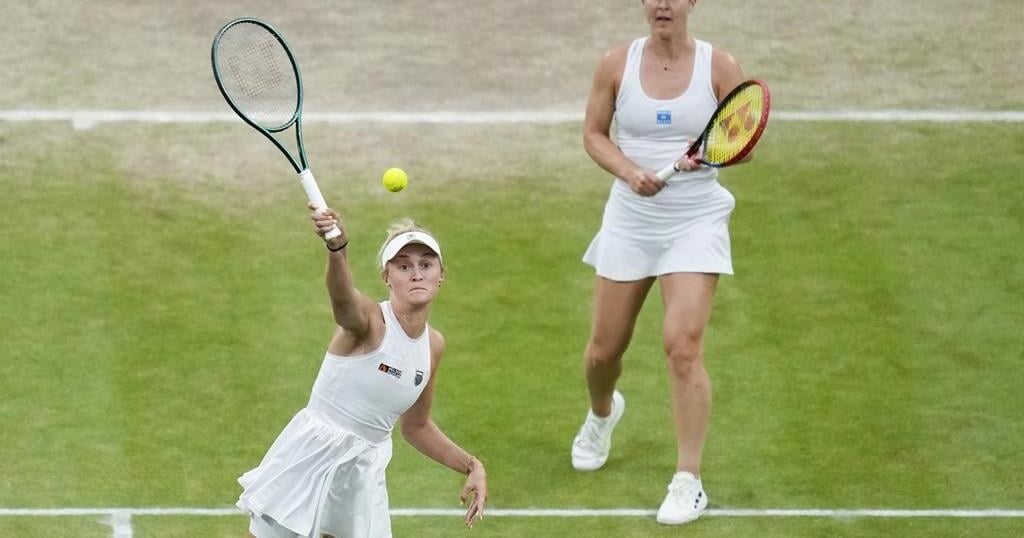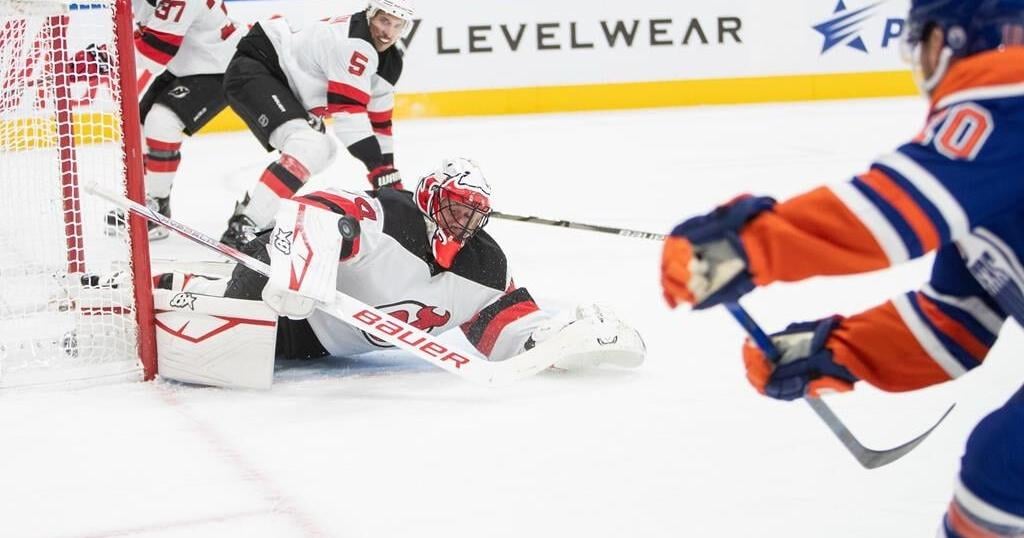The world of esports is big business, with players from Canada and around the world competing for prizes regularly into six figures. Today there are more than 80 players who’ve earned over $1m over the course of their careers.
Some of the biggest esports games today include Dota 2 – the favoured game of the top ten highest earners -Fortnite, Counter Strike and League of Legends. Players sometimes switch between games as new titles are released, but the majority tend to stick to one.
In many respects, esports remains a relatively new phenomenon, with its mainstream success and huge prize pots a fairly recent development. But the genre of competitive gaming actually dates back nearly 30 years, with cult beat-em-up Street Fighter II playing a key role in its popularization.
In this article, we will examine the game’s early role in the rise of esports.
A cult classic
Street Fighter II was released in Arcades in 1991 and was eventually ported to home consoles. It was the game that helped launch the beat-em-up genre, where two fighters compete on a single screen, and it enjoyed huge success in Japan, North America and across Europe.
The simplicity of the concept and the one-on-one nature of matches made it a favoured game for competitive players, while the controls made it easy to learn – although difficult to truly master.
This made the game the perfect catalyst for the gaming tournaments that would evolve to become esports. More games in the Street Fighter series were developed, eventually leading to the first-ever Evolution Champion Series in 1996.
The tournament continues to this day, with last year’s event held at the Mandalay Bay resort in Las Vegas, although because it only features beat-em-up games, it’s no longer recognized as one of the biggest events in the esports calendar.
As we can see, modern esports betting markets are dominated by shooting and battle arena genres, where a higher number of players compete at the same time. But back then, simplicity ruled, and ‘Evo’ is still appreciated today as helping to lay the foundations for the success of esports.
Going global
The first truly global tournaments appeared after the turn of the century, with the development of faster and more sophisticated internet networks making competition between remote players a reality for the first time.
Classic tournaments, like Evo, relied on players being in the same place at the same time, but esports’ footprint truly grew when it became possible to pair players from across the world, making it easier than ever to find worthy competition.
And this in turn laid the groundwork for esports to truly explode in popularity during the 2010s, with new sponsorship and viewing opportunities helping grow prize pots, which itself helped encourage more players than ever before to try and turn their hobby into something more lucrative.
It’s certain that esports will continue to grow, both here in Canada and overseas. The first dedicated esports arena opened in California in 2015, and this is perhaps a sign of things to come, but it’s important that we don’t overlook the key role that the humble button-mashing beat-em-up played in its development.
Published By Harry Miller
Related

























